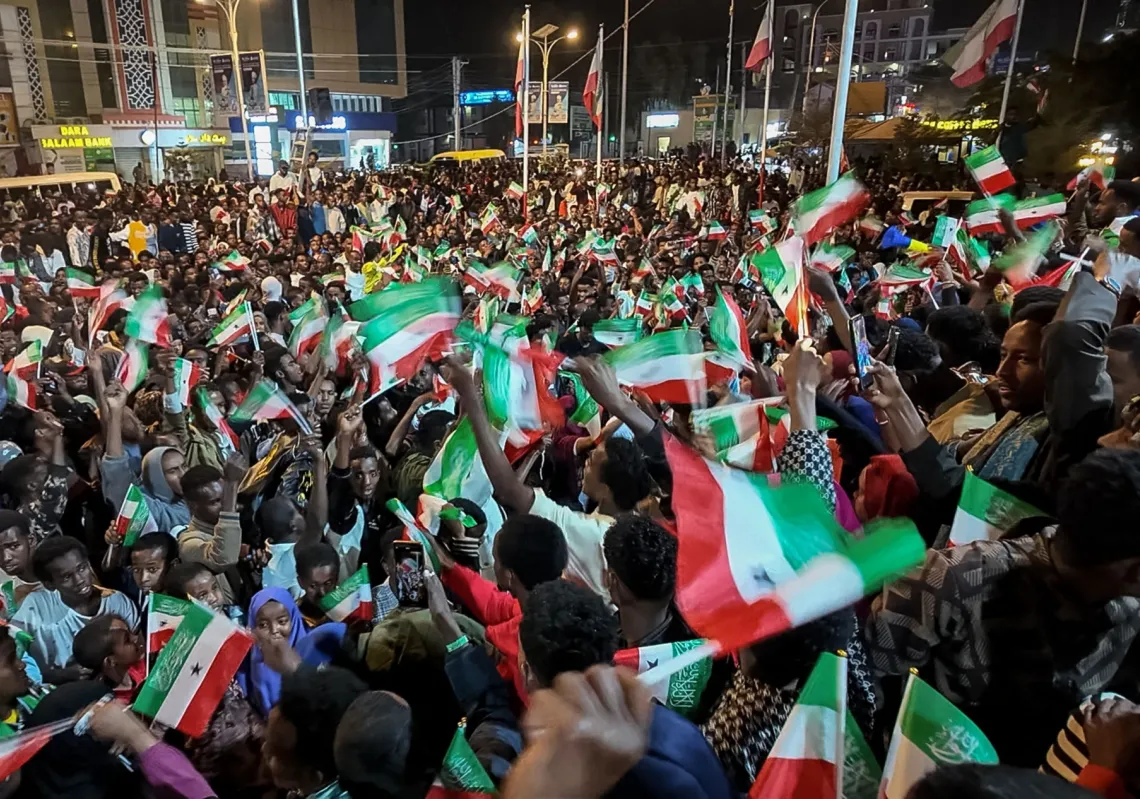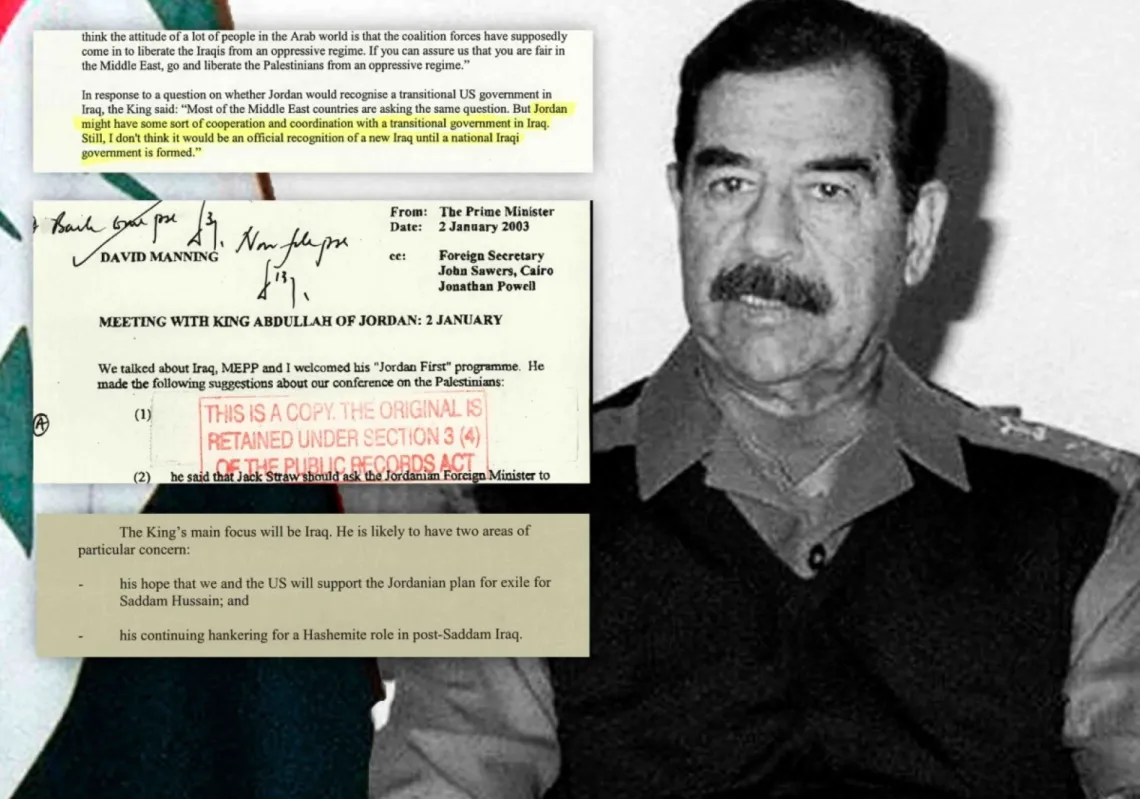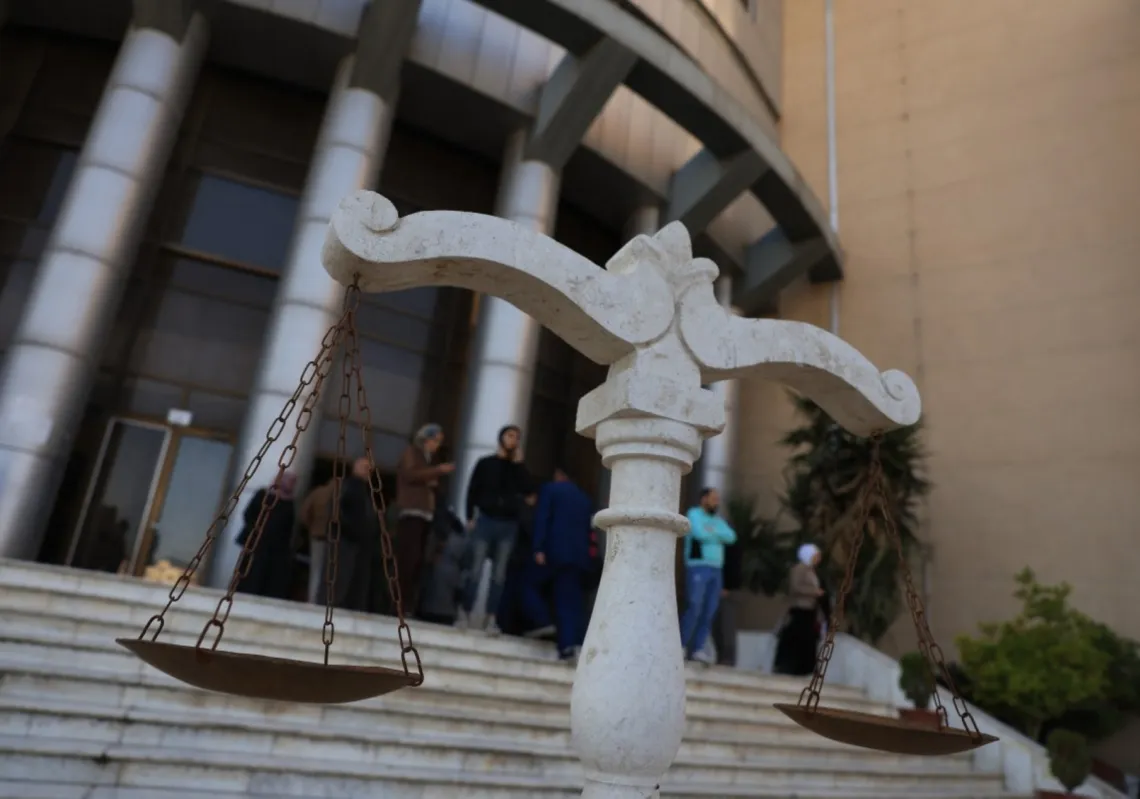Donald Trump's return to the presidency has prompted speculation over what his foreign policy will look like. Observers are wondering if he has any plans to change America's military posture in the Middle East—particularly when it comes to Operation Inherent Resolve (OIR) Mission in Iraq and Northeast Syria, where a US-led global coalition has been fighting the Islamic State (IS). In August, the Biden administration announced a phased drawdown of the counter-IS Mission and a timetable for partially withdrawing US troop presence by the end of 2026.
The first iteration of a Trump presidency should offer a window, rather than a blueprint, for how Trump perceives US forward posture in Iraq and Syria. While his administration maintained troop presence under OIR throughout his four years in office, in December 2018, Trump did announce a full-scale withdrawal (later reversed) and scaled-down personnel from 2,000 (IISS) forces to 900, as well as authorised a 50% force reduction from 5,000 to 2,500 forces and the transfer of eight bases in Iraq.
Furthermore, the spillover of a Turkish-backed offensive into Syria’s northeast region will place a further strain on the US position, likely inducing Trump to withdraw. But the ultimate nail in the coffin for continued US military presence in Iraq and Syria is a more isolationist strand of advisors that have been named for his cabinet, agency leadership, and ambassadorial selections—many of who have been critical of the US counter-IS mission in Iraq and Syria.
History of drawdowns
Trump is no stranger to military drawdowns in the Middle East. Despite his first administration’s ‘maximum pressure’ campaign against Iran—where US presence in Iraq and Syria served as a key counterweight to Iran-aligned proxies—Trump initiated partial and full-scale withdrawal decisions on several occasions.
In October 2019, Trump announced an immediate withdrawal of all 900 US forces from northeast Syria. The withdrawal sparked fierce backlash amongst key advisors in the US Department of State and Department of Defence, triggering resignations from top-level officials such as Secretary of Defence James Mattis and head of the Global Coalition to Defeat IS, Brett McGurk.
Consequentially, the swift departure of US forces from strategic posts near Kobani, Sarrin, Tell Beydar, and the surrounding areas of Aleppo and Raqqa created space for a Turkish offensive against OIR partners that were left to their own devices to defend themselves.

Just three days after the withdrawal announcement, Turkish forces initiated aerial and ground attacks on the Syrian Democratic Forces (SDF), which Turkey perceives as a terrorist organisation associated with the YPG. The withdrawal and the resulting Turkish offensive had additional spillover effects, creating a power vacuum that enabled a small IS resurgence and the Syrian regime and Iran-aligned militias to move into contested areas.
The withdrawal announcement was later walked back after much backlash, and US forces were repositioned to Iraq and redeployed to northeast Syria.
For its part, the Trump administration was well aware that a withdrawal would create a power vacuum. In a Pentagon briefing on 15 October, Defence Secretary Mark T. Esper stated that American forces would not come to the defence of its Kurdish OIR partners, even stating that the US expected Turkish forces to annex territory in the northeast and that the SDF would seek out a deal with its adversaries, the Syrian regime and Russia.
Trump himself tweeted that it was “smart” to withdraw and take a more neutral stance, stating, “Those that mistakenly got us into the Middle East Wars are still pushing to fight. They have no idea what a bad decision they have made. Why are they not asking for a Declaration of War?”
In Iraq, Trump maintained a force posture until the early months of 2020, following the US killing of Iranian Revolutionary Guard Corps (IRGC) Commander Qasem Soleimani and Iraqi Kataib Hezbollah Commander Abu Mahdi al-Muhandis. The retaliation of Iran and its proxy militias against the US resulted in a major close call for American personnel, with one strike on the Ain Al Assad airbase resulting in 109 traumatic brain injuries among US soldiers.
In the weeks that followed, the Trump administration quietly but incrementally drew down its troop presence across Iraq. OIR forces handed over eight bases—some of them strategic posts such as the Al Qaim base, just along the Syrian-Iraqi border—to Iraqi and Kurdish Security Forces. Consequentially, the number of troops stationed in Iraq also changed, declining from 5,000 to 2,500.
















